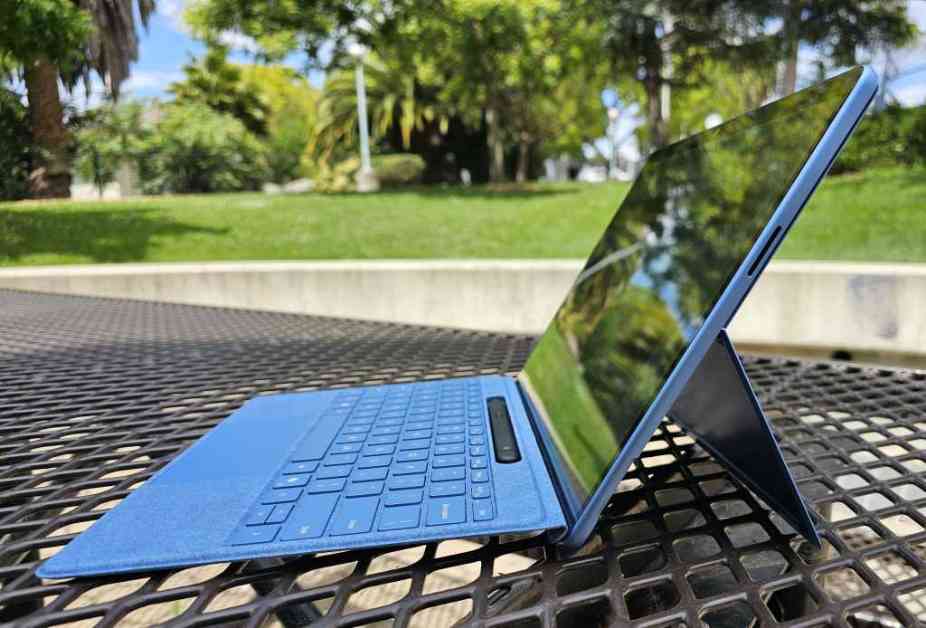The concept of a 2-in-1 laptop is appealing, as it combines the functionality of a laptop and a tablet in one device. However, there are several things to consider before purchasing one. It’s important to understand that a 2-in-1 laptop may not excel as either a laptop or a tablet, as it tries to serve both purposes. Detachable tablets can feel heavy and awkward to use, while laptops with 360-degree hinges may not provide a comfortable tablet experience.
The design of the hinge on a 2-in-1 laptop is crucial, as a flimsy hinge can affect the usability of the touchscreen and the overall stability of the device. It’s recommended to inspect the hinge in person or read reviews before making a purchase. Additionally, some 2-in-1 laptops may not include all the necessary accessories, such as a stylus, so it’s essential to check what is included in the package.
When it comes to connectivity, detachable 2-in-1 laptops often have limited port options compared to laptops with 360-degree hinges. This can be a drawback if you rely on multiple ports for your work or entertainment needs. Furthermore, the size, weight, and price of a 2-in-1 laptop may vary compared to traditional laptops, as the complex hinge design can increase manufacturing costs.
The touchscreen and stylus support on a 2-in-1 laptop may not always meet your expectations, as not all touchscreens are equally responsive and styluses vary in quality. It’s important to look for terms like “active” or “digitizer” when considering stylus support. Performance can also be a concern with 2-in-1 laptops, especially with detachable models that have limited space for cooling hardware and battery capacity.
While a 2-in-1 laptop can be a versatile tool for specific needs, it’s crucial to weigh the pros and cons before making a purchase. Understanding the limitations and quirks of 2-in-1 laptops can help you make an informed decision about whether this type of device is right for you.











